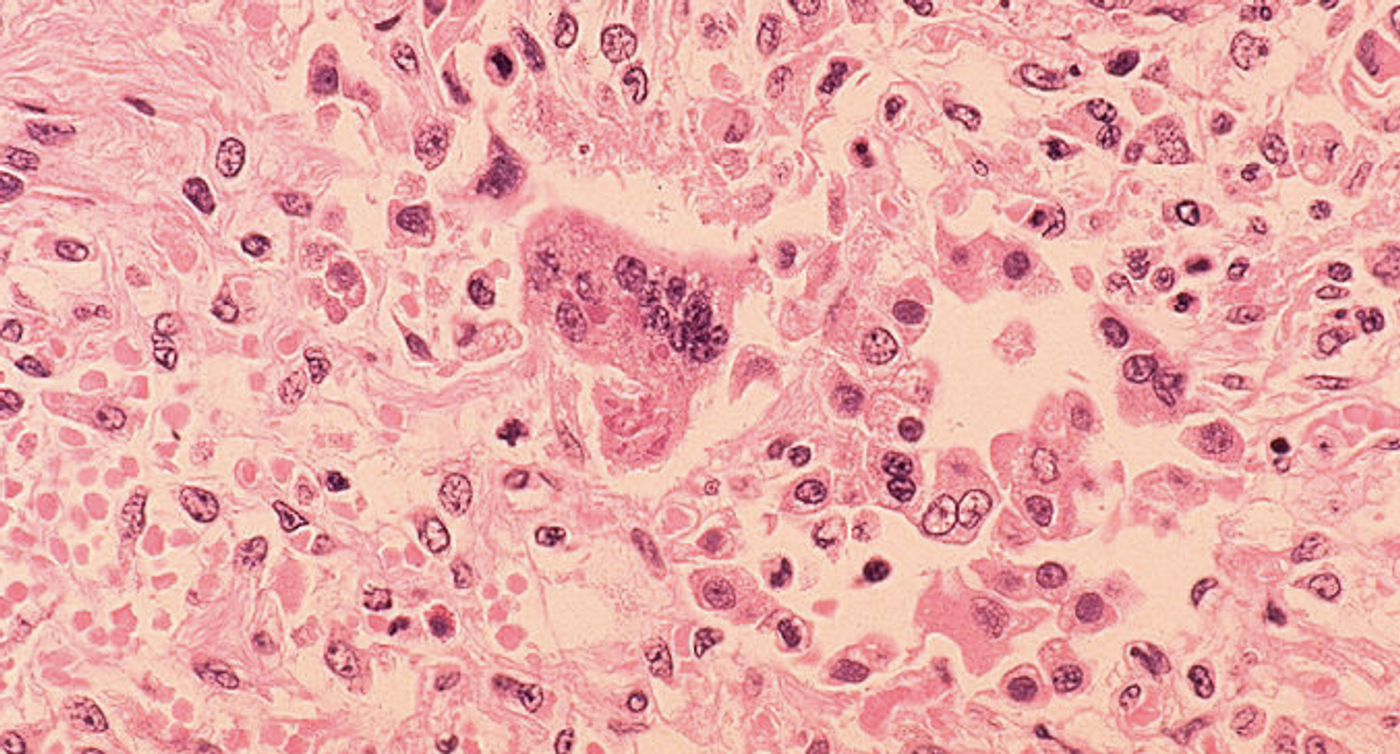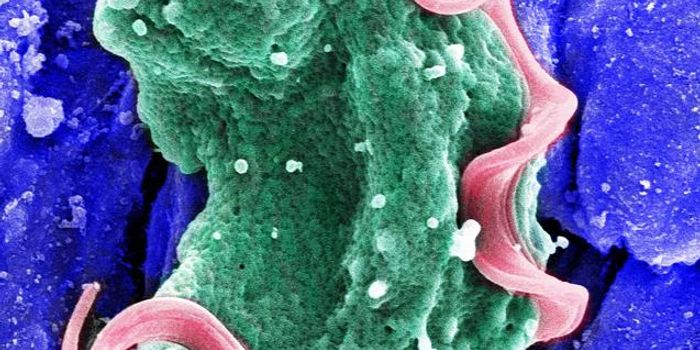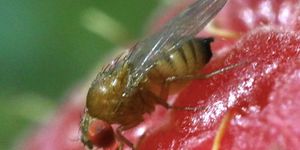Unvaccinated Children at Risk of Measles, Stress Scientists
The United States Centers for Disease Control and Prevention (CDC) has reported on an uptick in measles cases in the past few years. Now Dr. Emmanuel Robesyn of the European Centre for Disease Prevention and Control has announced similar conclusions, highlighting the importance of vaccine use in populations, lest the most vulnerable people in them be sickened or die from preventable diseases.
According to findings presented at the 28th European Congress of Clinical Microbiology and Infectious Diseases (ECCMID), kids younger than two are at a higher risk of death due to measles than older kids. The researchers determined that vaccination was the best way to prevent measles outbreaks, covering at least 95 percent of the population.
The United States has experienced its share of measles outbreaks. Caused by a highly contagious virus, the majority of the incidents involve people who pick up the virus after traveling or living overseas and then come into contact with those who are not vaccinated. During one period, the CDC found that 82 percent of affected people were unvaccinated and nine percent had an unknown vaccine status. So far this year, 34 people have been sickened by the measles in the US. Outbreaks have happened every year since at least 2011.
The findings were very similar in Europe. In every case of measles reported to the ECDC from January 2013 to December 2017, 37,365 in all, 81 percent were in people who had not been vaccinated. While the majority of affected people were older than two, most who died were very young; infants under one year were seven times more likely to die than those older than two.
The World Health Organization is working towards the elimination of measles and rubella. That cannot be achieved, however, unless people continue to get vaccinated.
Get the lowdown from the video on measles, what it does to a person, as well as how the vaccine works in individuals, and how it keeps the disease from spreading through a population.
Sources: AAAS/Eurekalert! Via European Society of Clinical Microbiology and Infectious Diseases









